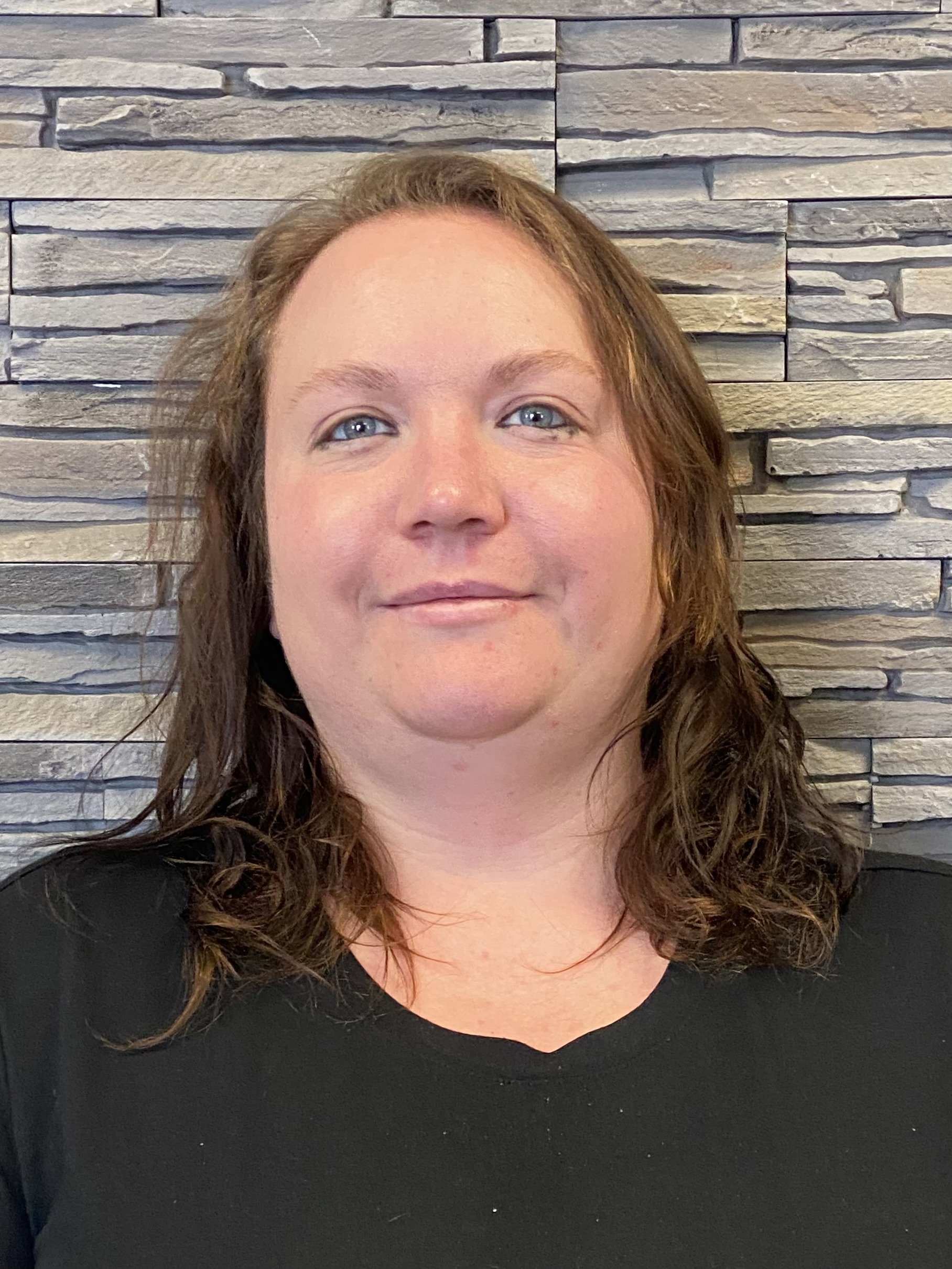Manual Osteopathy
What is Manual Osteopathy?
Discovered and developed in 1874 by American physician Dr. Andrew Still; manual osteopathy is a holistic approach which seeks to remove obstructions and dysfunction so that the body may utilize its natural self-regulating abilities. What makes manual osteopathy unique is the highly refined sense of palpation by the manual osteopath (MO), along with biomechanical analysis and other tests and techniques, to assess and treat the body as a whole unit. Components of the body are closely integrated, and a persons’ well-being is dependant on the neurological, musculoskeletal and visceral structures working together in harmony. Psychosocial aspects are factored in as well, such as sleep patterns, birth stories, stress and physical and emotional traumas.“Tensegrity” is a founding principle for MOs, and the idea is that homeostasis will ultimately rewind trauma within the body as if the trauma never existed.
What Would a Manual Osteopathic Treatment Look Like?
Treatments can include adjustments to joints, muscles, ligaments and organs of the body. Each treatment is specific to the client, so a lengthy full body assessment must be conducted before any adjustments are made. Once completed, the MO will use stretching, pressure, massage, muscle energy techniques, mobilization and manual manipulation to make require adjustments agreed upon by both the client and the MO in the proposed treatment plan. Light, comfortable clothing is ideal for each session (the client stays fully clothed unless being massaged). Every treatment is extremely gently, allowing the body to naturally sink into an adjustment - no thrusting is conducted.
Techniques
Osteopathic Techniques Include:
1) Cranial-Sacral/Lymph Manipulation – addresses the vitality and mobility of the dural membranes and cerebrospinal fluid which nourish and protect the brain and spinal cord and influence nutrient exchange at a cellular level throughout the entire body.
2) Myofascial and Connective Tissue Therapy – treats restrictions of the muscles, fascia and connective tissues, normalizing these important structural tissues.
3) Osteo-Articular Corrections – gentle manipulation of joints which relieve restriction and restore proper range of motion.
4) Visceral Manipulation – gentle but direct work to the organs and viscera and their ligamentous/ fascial attachments to relieve pain and improve function.
What Should I Expect Post-Treatment?
Clients may feel achy, an uncomfortable sensation, tired or sore for a duration of 3-5 days, as the body adjusts to the structural changes. Clients are encouraged to “take it easy”, drink lots of water, and commit to homecare given by the MO to provide optimal healing.
This service is not direct billable, you will have to manually submit your receipt to your benefit plan for reimbursement. Check with your benefit plan to see if it is covered. Canada Life, RWAM and Industrial Alliance will not accept for manual submissions.
Therapists that do this service are:





